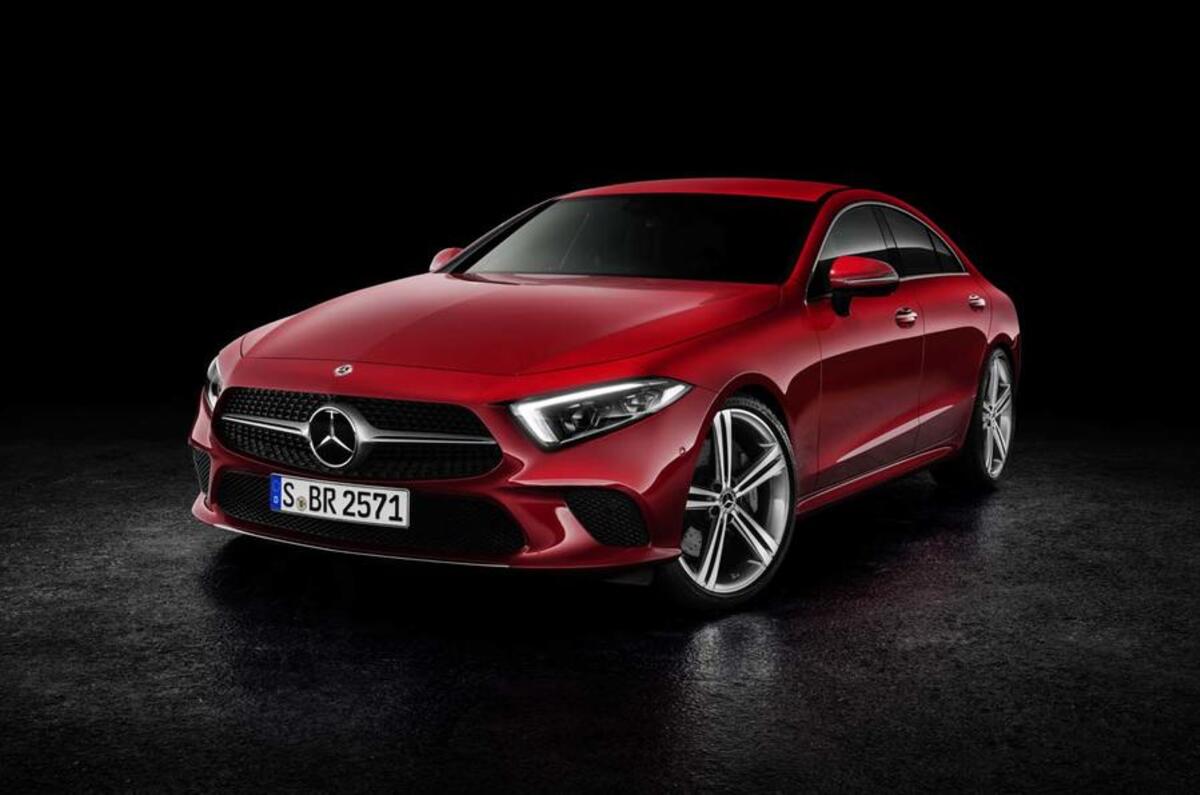“The time of creases is definitely over.” So says Mercedes-Benz design chief Gordon Wagener talking me around the new, third-generation Mercedes-Benz CLS (that's just been revealed in LA) and I suspect, talking more broadly about the modern era of car design.
Comparing the outgoing model and the new one, you can see Wagener’s point. It still looks like a CLS, yet Mercedes has managed to get rid of all of its crease lines and it looks dramatically more modern as a result.
The rear shape still looks awkward to me from some angles – that’s coming from someone who was never convinced by the original CLS design (other than the Shooting Brake, which sadly has been canned due to poor sales for this new car) - but the cleaner surfacing definitely helps its cause.
Wagener explains the evolution of the car’s design: “The first-generation CLS was allowed to look like a design sketch. We kept that essence but cleaned it up, took lines out.”
As a result, Wagener and his team used positive and negative surfacing – a technique which looks at how light reacts to the car’s surface. He does acknowledge, however, that a lack of lines makes his job a lot harder. “It’s so much more difficult without lines. It’s easy to mess it up when you’re not basing it on lines.”
As Wagener says, the CLS has always been a “designer’s car”, but Mercedes has wised up that it needs to be more practical too. It now has a fifth seat, and the wheelbase is longer to make rear access easier. “The CLS is a triumph of beauty over functionality,” he says but continues: “We keep saying our shapes are not only beautiful but intelligent.”
And so between the prettier exterior and the more practical interior, the CLS will no doubt sell well, amid tough competition from the likes of the Porsche Panamera and Audi A7.
In a world where the Panamera Sport Turismo exists, I have just one plea: please bring back the shooting brake.
More content:




Join the debate
Add your comment
It is curious that while
It is curious that while Autocar does offer individual critical opinion on the technical aspects of cars, the magazine's journalists tend simply to repeat what car designers tell them, in this case to repeat what Gordon Wagener tried to justify the design of what is essentially a bland and tired looking car.
I hope this looks better in the metal, otherwise the genre of 4-door coupe is dead.
M-B CLS
Never saw the point of a 'coupe' 4 door saloon anyway....compromised access, tiny windows etc.
The CLS Estate (shooting Brake was a complete misuse of the term), looked OK in the original concept images....in the flesh it didnt work, so I am not surprised it failed.
Interestingly, although the article darmatically anounces 'the end of creases', this image of a CLS shows a whacking great crease running at an angle along the bottom half of the doors!
Couldn't agree more. This
Couldn't agree more. This piece is more a humble brag about meeting a famous designer. There is no insight here. Perhaps they should have asked Wagener why his team added so many creases in the first place? And why is Mercedes so hilariously coy about the new fifth seat?